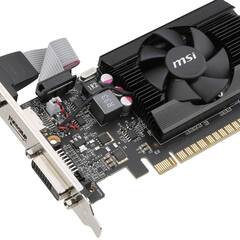Homelab Tech Tips
Homelab architecture
11 members have voted
-
1. What do you prefer as a homelab architecture? (see text for context)
-
1 "LTT sized" server to rule them all5
-
1 storage focused NAS + cluster of light/small servers around (NUC, RPi, ...)3
-
1 server/NAS per purpose with its purpose optimized local storage1
-
Other (answer)2
-



















Create an account or sign in to comment
You need to be a member in order to leave a comment
Create an account
Sign up for a new account in our community. It's easy!
Register a new accountSign in
Already have an account? Sign in here.
Sign In Now